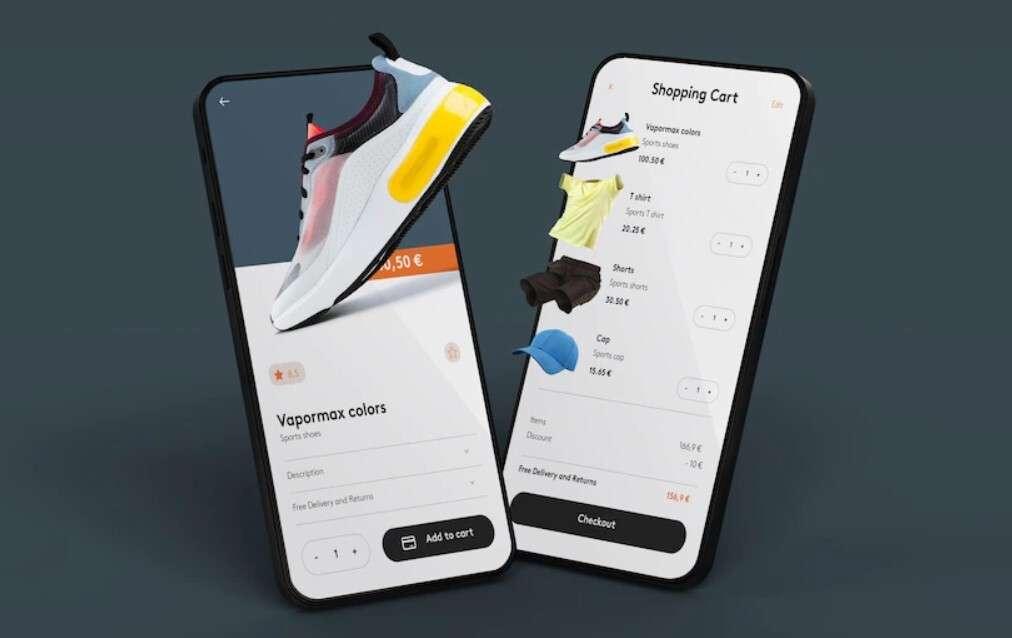Why Should You Redesign Your App?
An app redesign is a great way to keep your business competitive and up-to-date. It can be a challenge to know where to start when redesigning an app, so here are some of the most important reasons why you should redesign your app.
The main reasons why you should consider an app redesign are:
- To grow your company’s customer base
- To expand your business
- To stay relevant in the market
App redesign is a process of improving the look and feel of an app. It is often done to improve user experience, but it can also be done to make the app more accessible or to make it compatible with new technologies.
An app redesign can help you reach your goals if you are looking for ways to grow your business, expand your company’s services, or just want to make your product more appealing. Apps are the new face of a company. They are the first point of contact for many people and they can make or break a company’s reputation.
In order to grow, companies need to redesign their app in order to create a better user experience for their users. It is important for small businesses to redesign their app as well, so that they can keep up with the competition and expand their business.
What are the Best UI Elements for an App Design?
The user interface design is the most important element of an app. It impacts how users interact with the app and if they like it or not.
The UI elements that are used in an app design are the buttons, menus, sliders and other interactive elements. The type of UI element depends on the type of app that you are designing. For example, a gaming app would have more interactive elements than a messaging app.
In this article, we will talk about which UI elements are best for designing an application and why they are good for your design process.
The user interface is the most important part of an app because it is what the users interact with. The UI elements are what make up the interface and they have a direct impact on how a user experiences an app. There are many different UI elements that can be used to create a good user experience. However, there are some UI elements that are better than others.

Best Practices for Mobile App Design Principles to Follow in 2022
Mobile app design principles are evolving with every passing day. With the emergence of new technologies and devices, mobile app design is changing to suit the needs of the users.
The following are some of the best practices for mobile app design in 2022:
- Designing for a better user experience
- Designing for a seamless user interface
- Designing for an immersive experience
- Designing for a personalized experience
Mobile app design principles are a set of guidelines that developers and designers follow to create the best possible user experience for the end user.
Mobile app design principles are not fixed and they change as new technologies emerge. Designers have to be constantly aware of these changes and update their knowledge accordingly.
Mobile app design principles are constantly evolving and it is important to keep up with the latest trends in order to stay ahead of the competition. With the world moving towards a more mobile-friendly environment, it is essential for any business to have a mobile app that can offer the best user experience possible.

The following are some of the most important mobile app design principles that you should follow in 2022:
- Focus on User Experience: The user experience needs to be seamless and intuitive. The UI should be simple, yet functional at all times.
- Design for Different Devices: Designing for different devices like smartphones, tablets, laptops and desktops will help ensure that you reach out to more users with your mobile app.
- Optimize Content Delivery: Optimizing content delivery will ensure that your users get what they need at a faster pace. This way they will not have to wait long periods of time before they can access relevant information on their device.
How To Utilize the Feedback Loop to Iterate and Improve Your Application Design Process
The feedback loop is a process that ensures that the development of a product is continuously improved by taking into account the feedback from the users. The feedback loop consists of four steps:
- Testing the product with users
- Analyzing the data gathered from these tests
- Making changes to the product based on this analysis, and then
- Repeating these steps.
The feedback loop is an important part of the iteration process in software development. It is a sequence of activities that includes an observation, understanding, and response to that observation. The goal is to improve the product iteratively by identifying and fixing mistakes or errors in a cycle.
The feedback loop can be used to improve the design process for any type of application. It can be used for both web and mobile apps. Feedback loops are especially helpful for UX designers because it helps them understand how users interact with their designs and what they think about it.
A feedback loop is a process by which a system or device alters its own output in response to changes in its input. The feedback loop is an important concept in the design process of software, as it helps designers iterate and improve their product.
Feedback loops can be used to great effect when designing software applications, as they allow the designer to iterate and improve their product.

Leave a Comment